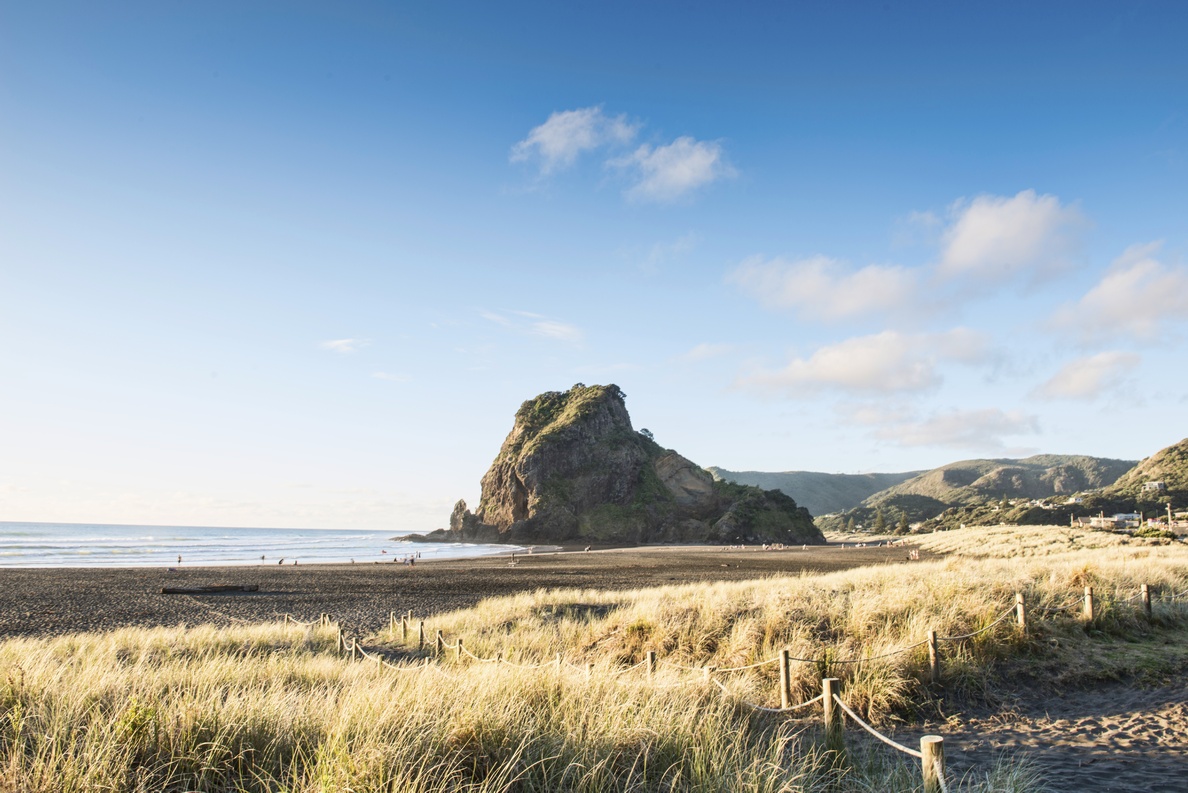It is now over 10 years since the Environmental Response Criteria were formulated for the Auckland Regional Plan: Coastal, and these have had very mixed usage. Over the intervening period, there have been many advances in the underlying science, the application of guidelines, as well as in guidelines themselves. Auckland Council continues to evaluate the full range of triggers, criteria, standards, targets, objectives (all given the generic name “guideline”) that are available, and that are sufficiently robust and appropriate to the local environment, so that they could be incorporated into plan considerations as needed.
Up until recently, New Zealand waters were largely managed using an effects-based approach. There were few national standards and guidelines. However the release of national policy statements associated with coastal and freshwater environments are changing this management approach. The New Zealand Coastal Policy Statement 2010 (NZCPS) and National Policy Statement for Freshwater Management 2014 (NPSFM) direct water quality and discharge policy towards a limits based approach, the NPSFM directly and the NZCPS as an option. Enhancement and restoration of water quality is also strongly emphasised in both policy statements. They also imply an expectation for some form of classification framework for water where appropriate limits can be applied that aim to maintain existing uses, aim to maintain or improve water quality, identify where water has “deteriorated” (NZCPS), and improve water quality that has become “degraded” (NPSFM). A similar approach to the limits-based approach for fresh water could be applied to coastal waters. The approach proposes:
1. Numerical objectives for different water bodies, and failing that, tight narrative objectives. National standards would be derived where appropriate as environmental “bottom lines” and regional councils would need to adjust to these according to desired community outcomes and local conditions.
2. Several levels of protection (fair, moderate, excellent) – following the Ministry for the Environment (MfE) / Ministry of Health classification of waters for recreation, and similar to the ANZECC (2000) levels of pristine, slightly modified, and highly modified.
3. Limits on catchment water takes or discharges that are specific to each catchment.
Auckland Council technical report, TR2017/035.
See also:
